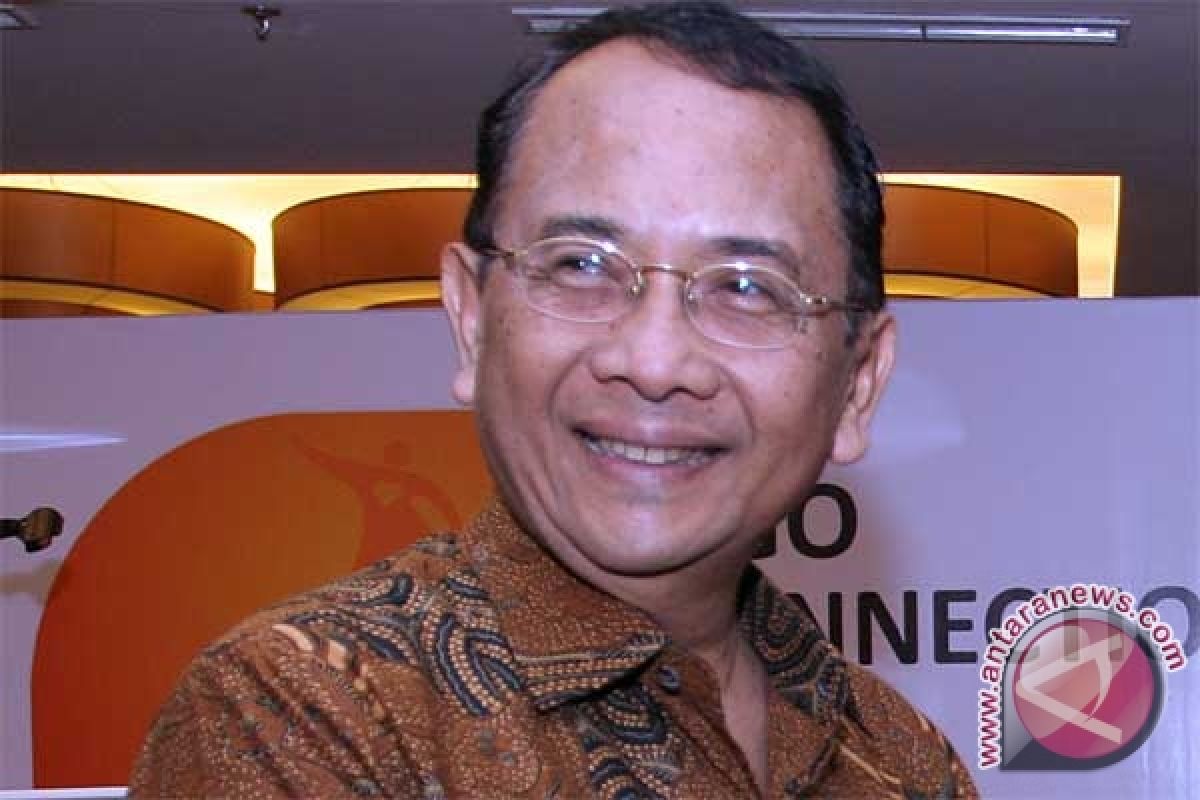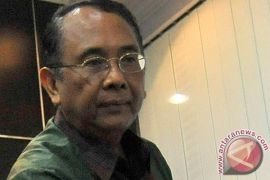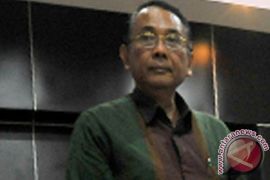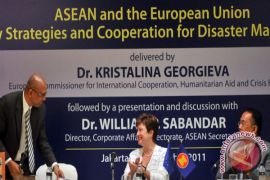Dr Djelantik expressed concern about the situation in ASEAN cities that was not hearing-friendly for the people living in them, according to an ASEAN Foundation press statement on Tuesday.
She pointed out that many big cities in ASEAN condone transport that use their horns at will and thus, create noisiness. She said this kind of noisy environment was not conducive for the health of ASEAN people because it would adversely affect their hearing.
In connection with this environmental situation, Dr. Djelantik proposed to the ASEAN Foundation to work together and bring the unhealthy city life style issue to the concerned ASEAN institutions.
Dr. Makarim Wibisono welcomed by Dr. Djelantik`s proposal to create healthy and friendly ASEAN cities. He said that the ASEAN Foundation had paved the way to this end by partnering with a renowned global electronic enterprise to hold workshops on building up healthy ASEAN cities.
Therefore, he planned to bring more ASEAN health experts together and map out health problems in ASEAN and find solutions. He also believed that a healthy living environment can strongly support the establishment of a healthy ASEAN Community.
Dr. Djelantik is a well-known Balinese coming from a royal lineage from the last king of Karangasem, Goesti Bagoes Djelantik. She is an artist, a dancer, actress and doctor specializing in ear, nose and throat ailments, hearing and balance problems (Otorhinolaryngology).
Dr. Djelantik is also a founding member of the Society for Sound Hearing (SSH) 2030 which was set up at the first General Body meeting in Bangkok in October 2005, with the initial support of WHO SEARO and CBM.
The SSH 2030 has a vision that by year 2030, avoidable hearing impairment will be eliminated through development of sustainable and inclusive ear and hearing care systems, thus, reducing avoidable hearing impairment by 50% by 2015 and 90% by 2030. ***2***
(tx.f001/A/HAJM/20:52/B003).
(T.F001/B/F001/B003) 28-06-2011 21:19:40
Editor: Priyambodo RH
Copyright © ANTARA 2011







